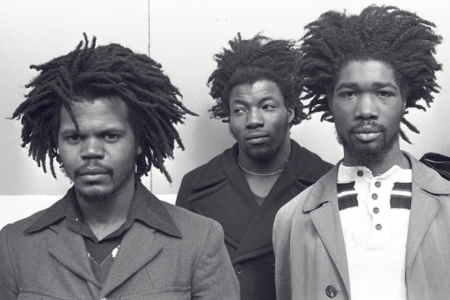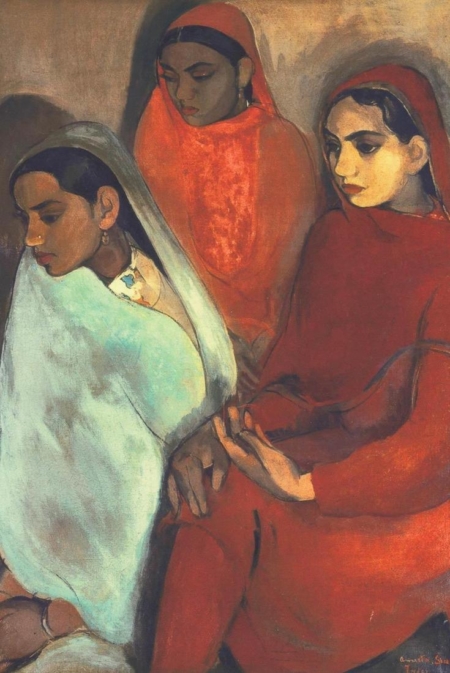From beauty pageants to burned-down pubs, Neil Kenlock spent decades capturing the struggles – and victories – of black Britain. Here he relives ‘some of the best years of my life’
Read MoreThe pioneering prints of Dox Thrash | CBS New
Dox Thrash revolutionized printmaking in the 1930s.
Read MorePrince Estate Inks Deal to Distribute 35 Classic Albums | Colorlines
A new deal will allow fans to reconnect with nearly three dozen albums from Prince’s catalog.
Read MoreJazz Notes: Vision Fest, Mickey Bass, children’s jazz book | New York Amsterdam News
Little Theodore and Hazel, with instruments in hand (trumpet and harp), were off to the park to play when suddenly they ran into a sad bird that needed help.
Read MoreOverlooked No More: Amrita Sher-Gil, a Pioneer of Indian Art | The New York Times
With her paintbrush, Sher-Gil explored the sadness felt by people, especially women, in 1930s India, giving voice and validity to their experiences.
Read MoreFrida Kahlo’s neighbourhood: exploring vibrant Coyoacán, Mexico City | The Guardian
Ahead of a major Frida Kahlo exhibition at London’s V&A museum we visit the artist’s bohemian district – from her house to the cantina where she drank, and from arts venues to fantastic markets and restaurants.
Read More‘I didn’t give a damn if it didn’t sell’: how Isaac Hayes helped create psychedelic soul | The Guardian
The singer’s Hot Buttered Soul, released in 1969 and soon to be reissued, ripped apart the rules and inspired many new waves of music
Read MorePhotographers Connect Africa’s Diaspora Back to the Continent | Hyperallergic
A group of contemporary artists re-imagine the African Diaspora through references to the landscape, masks, clothes, and adornments.
Read MoreAfro-Cuban Musician Brings Special Project to DC JazzFest | The Washington Informer
As a standard-bearer of Afro-Cuban cultural traditions, Terry has had to branch out on several projects to embrace the whole, including the jazz culture of his adopted home in New York City.
Read MoreDeborah Roberts’ powerful statement of black female identity | Los Angeles Times
The images celebrate what it means to contain multitudes.
Read More









